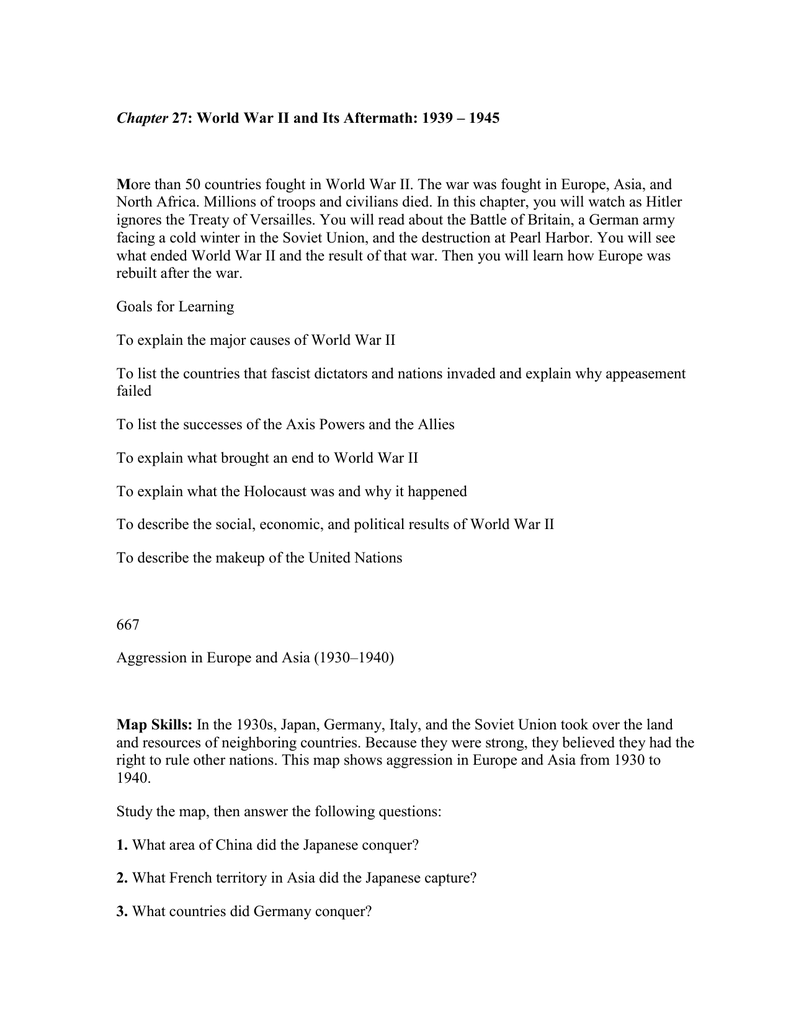

John’s to Stephenville, reconstructed the 54-mile highway between Holyrood and Argentia, and helped upgrade the Newfoundland Railway’s Whitbourne to Argentia track. The Americans helped modernize the island’s communication system by installing aerial cables from St. It also created a Labour Relations Office to protect the interests of Newfoundland and Labrador contract workers being recruited by North American employers.Īlthough the Commission increased spending on health care, communication, and transportation, it was the United States and Canadian Armed Forces that made the largest contributions in these spheres.
Ww2 aftermath diseaser free#
In August 1942, it made school attendance mandatory and free of charge for children between the ages of seven and 14. The Commission, which in 1941 reported a surplus for the first time in years, suddenly possessed ample resources to initiate much-needed social reforms. The establishment of Canadian and American bases in the early 1940s, however, sparked an economic revival in Newfoundland and Labrador as millions of foreign dollars were poured into the local economy. Because the Commission had little money to spend on roads or telecommunications, many rural residents were isolated from other communities and practiced a way of life that had remained largely unchanged for generations.

Widespread poverty and destitution had resulted in high rates of tuberculosis, malnutrition, and infant mortality, which the country’s poorly funded health system could do little to combat. When war broke out in 1939, Newfoundland and Labrador was in financial straits – unemployment was rampant and government spending that year exceeded its income by more than $4 million. Ultimately, the social changes of the 1940s helped shape the country’s constitutional future, which cumulated in Confederation. Standards of living rose, styles of dress changed, new friendships – both romantic and platonic – were forged, and the introduction of American radio and other forms of entertainment did much to integrate Newfoundland and Labrador into North American culture and distance it from Great Britain’s. The presence of thousands of visiting Canadian and American troops also altered values and attitudes previously entrenched in Newfoundland and Labrador society. Advancements were made in health care, education, transportation, communication, and other fields. The establishment of foreign bases provided the Commission of Government with an unforeseen amount of wealth, which it used to improve social services.
Ww2 aftermath diseaser series#
The Second World War triggered a series of rapid and far-reaching social changes in Newfoundland and Labrador. (Related Articles: For other related articles view the Second World War section of the Government and Politics Table of Contents.) Stephenville Integrated High School Project.Une série de documentaires (en français).military fatalities in Iraq, the disease-death toll is so low that it is exceeded by the number of suicides. Although there are currently more than 3,400 U.S. The trend established in World War II continues to the present day. Disease and combat mortality data from America's principal wars (1775-present) fall into two clearly defined time periods: the Disease Era (1775-1918), during which infectious diseases were the major killer of America's armed forces, and the Trauma Era (1941-present), in which combat-related fatalities predominated. Wars are lost by disease, which causes an enormous drain on the military's resources and affects both strategy and tactics. Safeguarding the health of a command is indispensable for the success of any campaign. This enduring feature of war was finally reversed in World War II, chiefly as a result of major medical advances in prevention (vaccines) and treatment (antibiotics).

Throughout America's first 145 years of war, far more of the country's military personnel perished from infectious diseases than from enemy action.


 0 kommentar(er)
0 kommentar(er)
